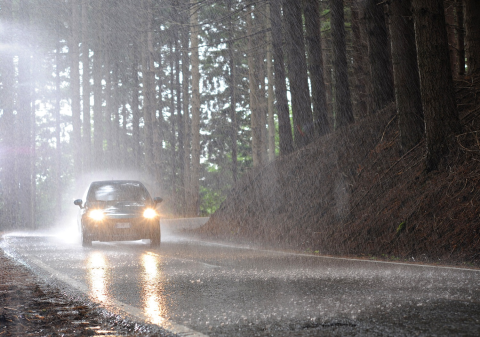Draper Obtains Patent for LiDAR Imaging Solution
CAMBRIDGE, MA—A LiDAR imaging solution designed for self-driving cars, trucks and drones made its way through the U.S. Patent Office and emerged a winner. The reward is a patent for Draper and distinction for an engineer who devised a technology for enabling autonomous vehicles to function better in bad weather.
The U.S. Patent Office lists Joseph Hollmann as the inventor for a “Time-resolved Contrast Imaging for LiDAR.”
Engineering a solution for autonomous vehicles wasn’t easy. Most LiDAR systems rely on detecting the environment in a way that doesn’t distinguish between background and scattered light. They struggle with reduced visibility environments.
Draper’s LiDAR imaging solution is designed to see past obscurants and filter out the effect of scattered photons, allowing it to function better in bad weather, according to Hollmann, group leader for Edge Sensors at Draper. “LiDAR detectors tend to go blind when they encounter too much light or too many obscurants, like rain, fog or smoke. Our technology is high-resolution and fast enough to be used in self-driving cars, trucks and even drones.”
The technology is designed to augment most existing LiDAR systems, a fact that helps carmakers and suppliers preserve existing investments in LiDAR. The ability to see through degraded visual environments, such as fog, smoke and rain, will expand the scenarios in which autonomous cars will be able to operate.
Released February 14, 2023

